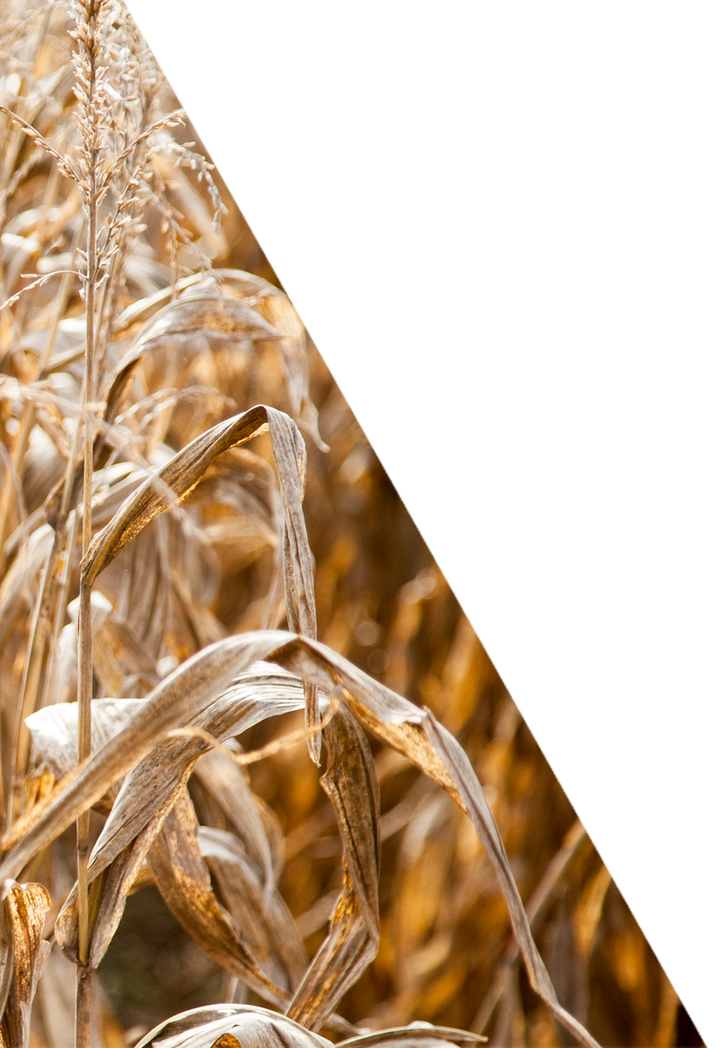



Nasty mycotoxin challenging producers in Oceania
Warm weather brings the increased growth of certain molds and fungi, including in pasture — and such mold growth often means higher levels of mycotoxins, a poisonous compound that’s detrimental to animal health.
One of the troublesome mycotoxin families in Oceania is the ergot alkaloid group, produced by a group of fungi from the genus Claviceps. Normally, ergot-related problems are thought of as a summer phenomenon, but thanks to an uncharacteristically warm winter, New Zealand has seen elevated levels of ergot infections identified in forage crops.
Within the ergot alkaloid group, ergovaline, in particular, is commonly associated with grass, while other mycotoxins from the ergot family typically appear with cereals.
In grazing ruminants, ergovaline exposure causes many symptoms, the most severe of which include gangrene in the feet and tail, convulsions and arched backs. Less severe but more common symptoms include increased flightiness, staggering and other heat-stress activities, such as bunching and drooling.
These behaviours lead to a decrease in feed intake and milk production. To make matters worse, ergovaline reduces production of the hormone prolactin in cows, which affects the metabolic activity of mammary cells.
Some research suggests that the negative impact on drop-in feed only appears when temperatures exceed 26 degrees Celsius — the same temperature that provides ideal growing conditions for tall fescue, a grass species known for endophytes that produce ergot alkaloids.
“With recent results in New Zealand, this troublesome group of mycotoxins has gained more attention than ever before.”
Other ergot-group mycotoxins — ones more commonly associated with cereals — are known to affect monogastric species.
In swine, they are associated with abortion, infertility and lameness.
In poultry, these ergot-group mycotoxins correlate with poor fertility and hatchability, reduced egg production, increased mortality and malformation of embryos.
All species can show tremors or lameness and may suffer a decreased ability to regulate their body temperature, along with lowered immunity.
Horses, often considered one of the species most sensitive to mycotoxins, can experience respiratory problems and anorexia and will sometimes exhibit circling behavior.
Through the 37+® program, Alltech keeps tabs on the prevalence of ergot presence in feedstuffs with global survey work. In Oceania, as in all countries, the incidence varies from year to year.
The presence of ergot mycotoxins can be found in at least a third of samples tested in Oceania, sometimes approaching levels of 60 percent.
However, ergot mycotoxins are almost never found by themselves, usually occurring alongside other mycotoxins.
This means that assessing raw materials for ergot levels is not enough; the total toxicity of the feedstuffs must be determined.
Oceania has always been aware of ergot-related issues, but because of these recent results in New Zealand, this troublesome group of mycotoxins has gained more attention than ever before.

